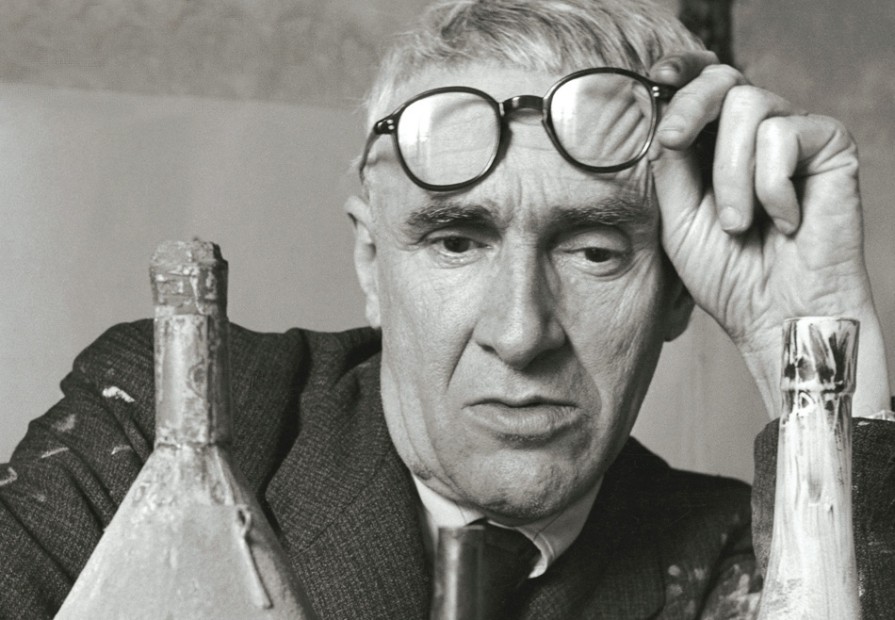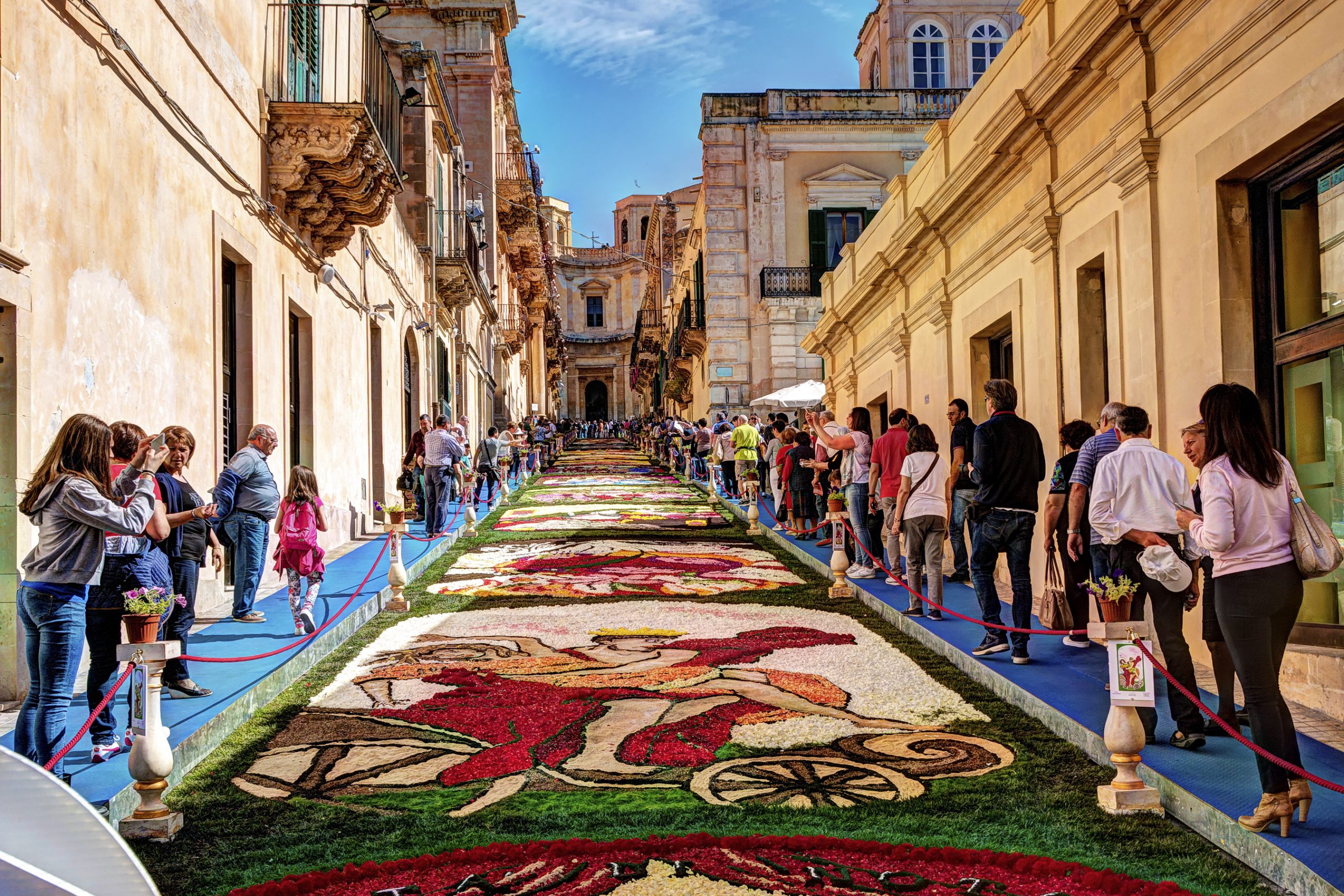Rome is hosting a spectacular exhibition displaying Giorgio Morandi’s numerous works at Complesso del Vittoriano until June 21. Including 100 paintings and over 150 works from museums and private collections, this is the largest Morandi display in the past twenty years.
Curated by Maria Cristina Bandera, Fondazione Longhi Director and top Morandi scholar, it is the first Roman exhibition that delves into the ideas and techniques that absorbed Morandi throughout his life. It includes his masterpieces along with drawings, watercolors, paintings, and many engravings.
One of the most famous pictures that will be on display is the “Italian Parliament’s Chamber of Deputies” (1927) that depicts a white house in a blue sky and is strikingly similar to Cezanne’s “The House with the Cracked Walls”. Morandi’s image is flatter and more abstract than the French painter’s work, and it is modeled after a building he found in Grizzana. Bologna native Giorgio Morandi lived and worked in Casa Morandi, which has now become a museum in Bologna. It has been modeled to show visitors how the house appeared during the artist’s lifetime. Vases, shells, and bottles (some of his favorite things to portray) are positioned in their original locations. Guests can see the window that he used to shine light onto the objects and paint them.
Morandi lived in Bologna mostly except for a few times during WWII when he would paint landscapes in the neighboring Grizzana. He was quite familiar with the area around him, and he rarely left Italy on account of his dislike for travel. Instead, he preferred to study the nuances and detail of his current surroundings.
At age 17, Morandi studied at the Accademia di Belle Arti in Bologna and explored contemporary art through books on Impressionism, Paul Cézanne, and Henry Rousseau. While in Rome from 1911-1914, he was inspired by Claude Monet and Paul Cézanne. At a futuristic exhibition in Florence, he met famous sculptor and painter Umberto Boccioni and was further inspired by his revolutionary artistic theories. When not painting, Morandi would teach drawing lessons in elementary schools.
Renown for his unique still life paintings and inimitable lighting technique, Morandi had a remarkably disciplined artistic method. He would continuously paint the same objects (shells, vases, etc.) from different approaches, changing the angles and lighting ever so slightly to capture the unique qualities, or essence, of the object. Even the most basic drawings depicting only one object show the refined, acute technique that Morandi employed, along with his intellect and passion.
While Carlo Carrà and Giorgio de Chirico concentrated on the allusive aspect of Pittura Metafisica (Metaphysical Art), Morandi focused on more tangible aspects. For example, he composed outlines and objects in the “Still Life” painting (1918), which depicts a facial mannequin inside of a box configuration.
He pursued his own idea of natural truth and sought to find intimacy in his objects and highlight their emotional content. He was very sensitive when using light and made many ordinary shapes like pots, bottles, and boxes seem mysterious and thought provoking, sometimes surprisingly illusory, and often exuding a sense of timelessness.
Painting was not Morandi’s only forte. Morandi’s gift for etching was recognized in Brazil when he was awarded first place for etching at the Il Biennal de São Paulo in 1953.
President Barack Obama and the First Lady have also recognized Morandi’s artistic prowess. When the family moved into the White House, they wished to refresh their living area with new art. From collections all throughout Washington and the entire country, they chose two paintings called “Still Life” by none other than Giorgio Morandi. Morandi lives on in the works that he created, in people who admire him, and in impressive exhibits like the one at Complesso del Vittoriano in Rome.






























